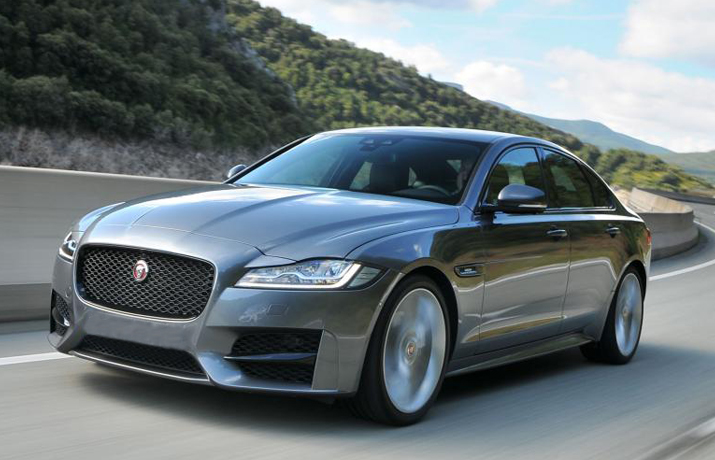

The First generation of XF was an indication that the evolution has been started on the jaguar cars, but the second generation of Jaguar XF has proved that it has been evolved in previous years into a fiendishly clever Jaguar. There is a big difference between an old model and a newly introduced version. The newer one is well designed and lighter in weight. It is just because of the old platform, a crooked and mostly consist of steel, donated by Ford. This platform has been superceded by the new version which is mostly based on aluminium. It is called aluminium modular architecture that underpins the Jaguar XE.
Jaguar claims that the new model has reduced a 190kg of its weight, which is more than enough for a salon based version. The new model is powered by a new engine line-up, now featuring the most advanced four-cylinder Ingenium engines.
In the diesel, it offers two power outputs, including 161bhp to 177bhp trims with very impressive economy figures of 70mpg on average and 104g/km of CO2. It has a conjunction with a six-speed manual gearbox that help to boost the fuel economy.
The new engine has four cylinders with turbo diesel technology. It offers a power output of 177bhp from 4000rpm and offers a hefty torque of 317lb-ft. The full delivery of torque started from 1750 rpm and continue until it reaches to 2500rpm.
It is mated with an eight-speed automatic gearbox that facilitates the package to get the speed of 62 miles per hour from the standstill in just over seven seconds.
It has a top notch of 136 miles per hour and claimed fuel economy of 65.7 miles per hour. It is relatively a clean model as well with carbon emissions of 114g/km. A six cylinder diesel and petrol engine series also available in the market. Diesel engines develop 296bhp while petrol engines are relatively hefty with 375bhp. Both of these engines are overshadowed by the most powerful and economical Ingenium engine.